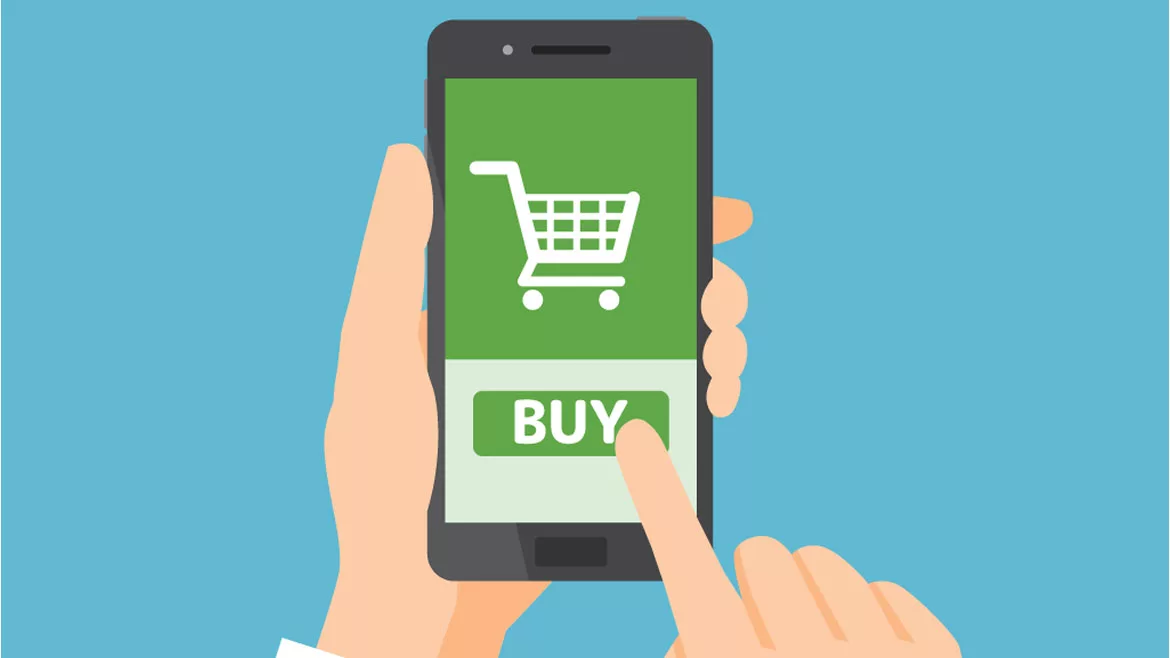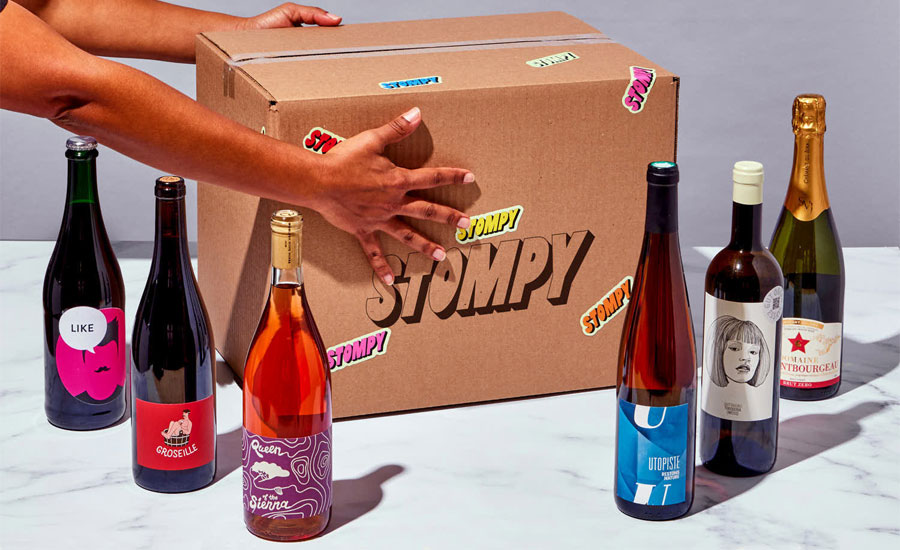The future of DTC brands
Direct-to-consumer brands gain traction by catering to individuals

Graphic by yuoak/courtesy of Getty Images
The eCommerce market hit its stride in 2020 with the start of the pandemic. When grocery stores started selling out of items, many consumers turned to direct-to-consumer (DTC) brands to fill the gap, according to Mintel’s “2022 U.S. Direct-to-Consumer Retailing” report. But as the pandemic becomes endemic, what will that mean for the fate of DTC brands?
Though the growth rate of online sales slowed in 2021 as consumers began to return to in-store shopping, DTC brands have proven their worth and are expected to continue growing, according to experts. This year, Mintel predicts eCommerce sales to increase 13.4%, reaching $117 billion in sales, the report notes.
The beverage industry, in particular, stands to benefit from this growth, as it is up to four times larger than DTC segments in most other CPG departments, notes Sam Gagliardi, executive vice president of global eCommerce for Chicago-based IRI.

Image courtesy of Stompy
Beverage DTC sales accounted for approximately 16% of the total market in the 52 weeks ending April 17, driven mainly by Nespresso and Keurig sites, Gagliardi says.
“The key driver of success, especially for Nespresso and Keurig, is strong, loyal users with regimental use as well as strong CRM marketing programs driving lifetime value for the end consumer,” he adds.
Blurred lines
However, earning “strong, loyal” consumers is getting more challenging as traditional brands enter the DTC space to compete, experts note.
“The line between direct-to-consumer brand and traditional brand is becoming blurrier as more traditional brands shift toward the DTC model to a greater degree,” said Katie Hansen, retail and eCommerce analyst, in Mintel’s report. “This — combined with more brands entering the marketplace in general — means that DTC brands have their work cut out for them in order to stand out amongst the crowd. Brands will have to lean into their personalization offerings and value-added services, especially as inflation eats away at consumers’ spending power.”
Luckily, the DTC platform is primed for personalization. By cutting out the middleman, brands have the ability to access unique data about its consumers that can help further build the brand, cross sell, upsell and develop subscription models, explains Sandy Livingstone, head of consumer products at London-based GWI, in a Dec. 9, 2021, blog post.
“Used correctly, this data is a goldmine of information that can guide marketing strategy and provide the tools to streamline the buyer journey,” he writes.
“The line between direct-to-consumer brand and traditional brand is becoming blurrier as more traditional brands shift toward the DTC model to a greater degree.”
- Katie Hansen, retail and eCommerce analyst for Mintel in “2022 U.S. Direct-to-Consumer Retailing” report
The more data DTC brands collect, the more they’re able to personalize their offerings and give consumers exactly what they want. By encouraging shoppers to share more personal information, they can achieve this desired outcome, Mintel’s report notes.
In addition to personalizing the experience for consumers, offering flexibility in subscription services and emphasizing brands’ quality and ethical attributes can help DTC brands compete in a saturated market, Mintel’s report notes.
Los Angeles-based Stompy embodies these strategies with its new personalized wine subscription service. Launched last month, Stompy offers wines from organic and sustainable small-farm vineyards and uses an algorithm to create a taste map for each consumer, matching them with their most compatible wines. Customers can further personalize their wine selections by choosing a price tier, style and more. Stompy also offers a flexible subscription or one-time order option.
Jules Robbins, CEO of San Jose, Calif.-based DTC platform VinesOS, also affirms the flexible subscription trend, comparing demand for DTC alcohol sales to Amazon’s Subscribe & Save option. Consumers want to choose their particular beverage and have the ability to pause the subscription when they want, she explains.
“The subscription program has been a huge success for our clients, with membership skyrocketing up to 800% for some of our clients,” she says.
Nevertheless, to gain even more of a competitive advantage, many DTC brands are turning to brick-and-mortar stores to widen their audience, Mintel’s report notes.
The report states that nearly one-third of consumers say that physical retail stores bring DTC brands to life. Consumers want to be able to engage with a brand before making a purchase, it notes. Therefore, having both an online and in-store presence will be important for brands to fully connect with consumers — especially as they return to in-person shopping.
Who’s shopping DTC?
Globally, 58% of consumers prefer shopping online, GWI’s Livingstone writes in his blog. In fact, the number of Americans shopping from their mobile phones increased 36% in 2021, he notes. Clearly, online shopping is delivering the experience that many consumers are seeking. But one group in particular presents the biggest opportunity for DTC brands.
Younger generations — including Gen Z and millennials — are driving DTC purchases, Mintel’s report states. To appeal to this group, brands should offer fun experiences and added value, such as special deals and discounts, it notes. Furthermore, the report suggests that brands should engage with these consumers as they age, thereby becoming a beloved brand that meets their needs at various stages of life.
Future potential
“Covid has turned business-as-usual upside down, nowhere more so than the world of eCommerce,” GWI’s Livingstone wrote in his blog post.
And these lasting effects show no sign of slowing. In the next five years, Mintel expects the DTC market to continue steady growth, with more and more brands shifting to this business model. Its report found that 74% of consumers are interested in buying DTC products, showcasing the potential growth of the segment.
The report notes that social media has become the best way to reach consumers, with 40% of consumers learning about DTC products from social media ads, compared with 38% from TV commercials.
Consumers are drawn to DTC brands most for their less expensive prices (40%), following closely by highly rated reviews (39%), the report states. Therefore, brands should take heed and promote the value of their products as well as positive consumer experiences.
Looking for a reprint of this article?
From high-res PDFs to custom plaques, order your copy today!



